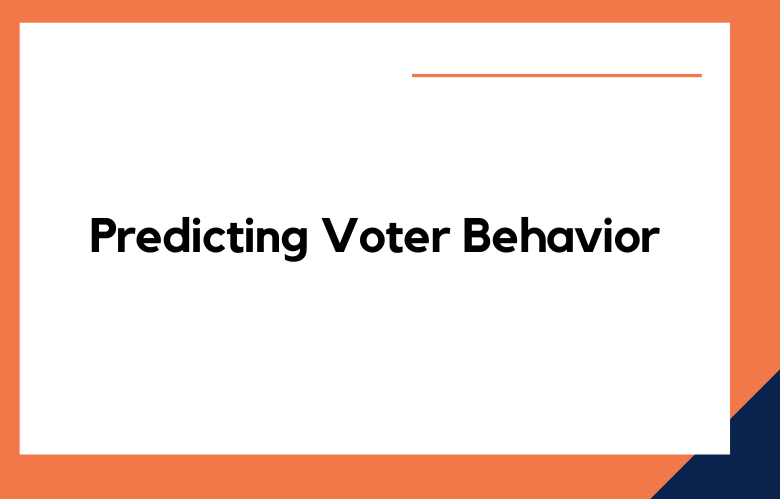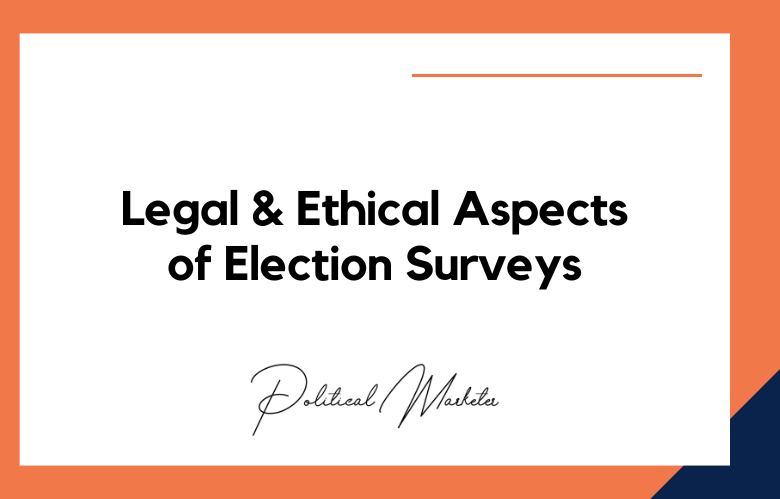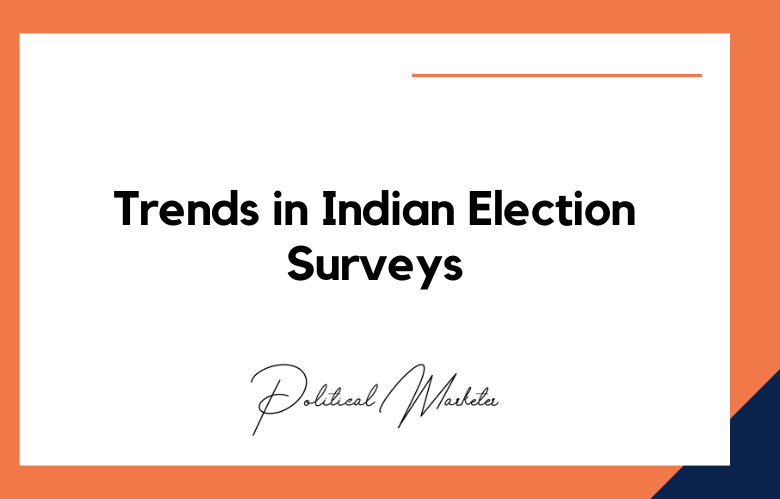Integrating Artificial Intelligence (AI) and Machine learning (ML) in predicting voter behavior and turnout has significantly contributed to modern-day election campaigns’ success. Predictive analytics is becoming an integral part of election campaigning.
AI-empowered tools can help campaign teams and political parties organize data sets and streamline communication channels, thereby optimizing campaign resources to reach the targeted population efficiently.
It will focus on the power of AI and machine learning in predicting voter behavior and turnout. We will examine how AI-powered tools transform election campaigns, the importance of data-driven predictions, and how politicians and campaign teams can leverage technology for effective voter outreach.
Decoding Democracy: How AI Can Predict Voter Behavior
Democracy has been at the forefront of political discourse for centuries, with the principle of free and fair elections being one of its cornerstones.
However, predicting voter behavior has always been a challenge for political analysts and pollsters alike. With the advent of artificial intelligence (AI), experts are now able to predict voter behavior by analyzing a variety of data sources.
This process, known as “predictive analytics,” relies on machine learning algorithms that recognize patterns in large data sets and make highly accurate forecasts.
One of the primary applications of predictive analytics is in election forecasting. By analyzing demographic data, historical voting patterns, and social media activity, AI can provide insights into which party or candidate will likely be favored in a particular election.
This has become especially relevant in recent years, as social media platforms such as Facebook have become go-to sources of information for voters.
The Power of Algorithms: AI’s Role in Predicting Voter Turnout
Algorithms are pivotal in predicting voter turnout, and as Artificial Intelligence (AI) technology advances, so does the accuracy of voter turnout forecasts.
Accurate voter turnout predictions are critical to election campaigns, as they enable politicians to tailor their messaging and direct their resources to essential demographics.
In recent years, machine learning algorithms have been developed to compile and analyze vast amounts of data, from weather patterns to social media activity, to predict voter behavior.
These algorithms can identify patterns and trends in voting behavior that were previously unknown, bringing a new level of insight to political campaigns.
AI-powered voter turnout predictions can help election officials prepare for potential voter surges and allocate resources accordingly. For example, they can help to ensure that there are enough voting machines, ballots, and poll workers available at each polling station to handle the expected number of voters.
Machine Learning Magic: Unraveling Voter Behavior in the Digital Age
Machine Learning Magic: Unraveling Voter Behavior in the Digital Age is a cutting-edge technological approach that combines artificial intelligence and extensive data analysis to understand and predict voter behavior in modern democracy.
This advanced analytical technique has become increasingly popular as political campaigns and governments have started incorporating data-driven insights into their decision-making processes.
The primary objective of Machine Learning Magic is to use sophisticated algorithms to extract insights from massive amounts of data generated by digital interactions, such as social media activity, online browsing behavior, and voter registration records.
By analyzing these data sets, Machine Learning Magic can identify patterns and signals that reveal which demographic groups are likely to vote, which issues are most important, and how they are likely to behave when casting their ballots.
AI Goes to the Polls: Predicting Voter Behavior with Machine Learning
Artificial Intelligence (AI) has been making waves in politics in recent years with its ability to analyze big data sets and make remarkably accurate predictions. One area where AI is proving particularly useful is in predicting voter behavior during elections.
By analyzing vast amounts of data, including demographic information, voting records, social media activity, and even weather patterns, AI algorithms can identify patterns and trends that might not be immediately apparent to human analysts. This allows campaigns to more accurately target their resources and messages and can even help predict the outcome of an election with a high degree of accuracy.
One company using AI to predict voter behavior is Cambridge Analytica, which claimed to have played a key role in Donald Trump’s 2016 election victory. The company used psychometric profiling to create detailed profiles of individual voters, allowing it to tailor messaging and advertising to each individual’s interests and beliefs.
The Future of Elections: How AI Can Forecast Voter Turnout”
As technology continues to advance, we are faced with a plethora of possibilities that we never would have imagined possible a few decades ago. One of these possibilities is the use of artificial intelligence (AI) in predicting voter turnout for elections.
Traditionally, predicting voter turnout has been a difficult task for election officials. They have relied on polling data and historical information to determine how many people are likely to show up to vote. This method, however, is only sometimes accurate and can lead to unexpected outcomes.
AI, on the other hand, has the potential to revolutionize the way we approach voter turnout prediction. By analyzing vast amounts of data, AI can identify patterns and make predictions with a high degree of accuracy. This data can come from various sources, including social media, past voting records, and demographic information.
Precision Targeting:
Machine learning algorithms are instrumental in analyzing data sets from different sources, such as demographics, past election results, geography, and voting history.
By indexing the available data, the machine can identify patterns and generate insights that help streamline campaign messaging and communication.
For example, AI can help campaign teams identify and develop appropriate slogans or messages to appeal to a particular voter segment; data modeling can also help predict how different ethnic or demographic groups respond to other message types.
Optimizing Communication Channels:
AI models can help predict the most effective and pervasive communication channels to reach targeted voters.
By analyzing data from previous elections, an AI model can determine the best channels to reach specific demographics or voter profiles. Campaign teams can leverage this knowledge to tailor their communication strategies to match groups not adequately represented in traditional media channels.
Predictive Analytics:
Data-driven predictions are a crucial component of modern-day election campaigning. The data sets can be mined using sophisticated algorithms that help generate insights and predictions into voter behavior and turnout.
Predictive analytics enables campaign teams to create innovative campaign strategies and targeted advertisements, improving the likelihood of specific impact.
Real-time Voter Engagement:
Real-time data analytics can help politicians and campaign teams monitor voter engagement and adjust campaign strategies accordingly.
By leveraging ML algorithms in data analysis and mining, campaign teams can identify trends quickly, allowing them to make real-time decisions on where to channel resources for maximum effect.
Mobilizing Voter Turnout:
One of the most significant issues facing election campaigns is low voter turnout rates. AI, in conjunction with advanced ML tools, plays a vital role in mobilizing voter turnout.
By accessing historical voting data, these algorithms can provide insights into predicting voter behavior. Campaign teams can leverage these insights to develop strategies encouraging and motivating people to vote.
Conclusion:
Predicting voter behavior and turnout using AI and Machine learning is revolutionizing modern-day election campaigns.
With the help of these tools, campaign teams and political parties can streamline communication channels, target specific demographics, and engage with voters in real time, boosting the probability of a favorable outcome.
The power of AI and machine learning in predicting voter behavior and turnout has widespread implications beyond election campaigns.
The benefits of such tools for political campaigns can be expanded across business operations, healthcare research, and public policy. As technology advances, AI and machine learning will undoubtedly continue to be a force to reckon with that cannot be ignored.
Call: +91 9848321284
Email: [email protected]










